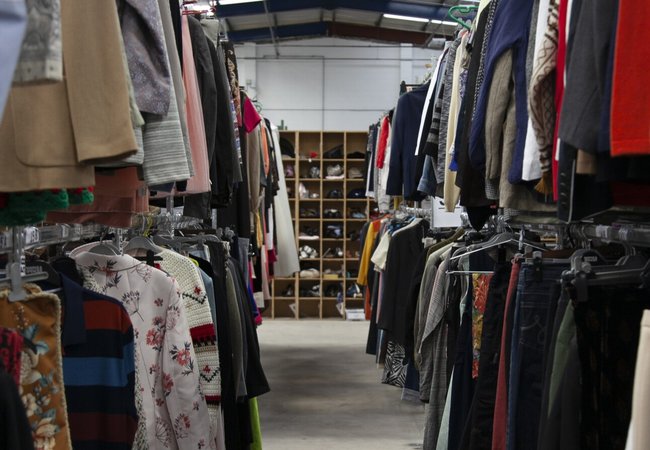
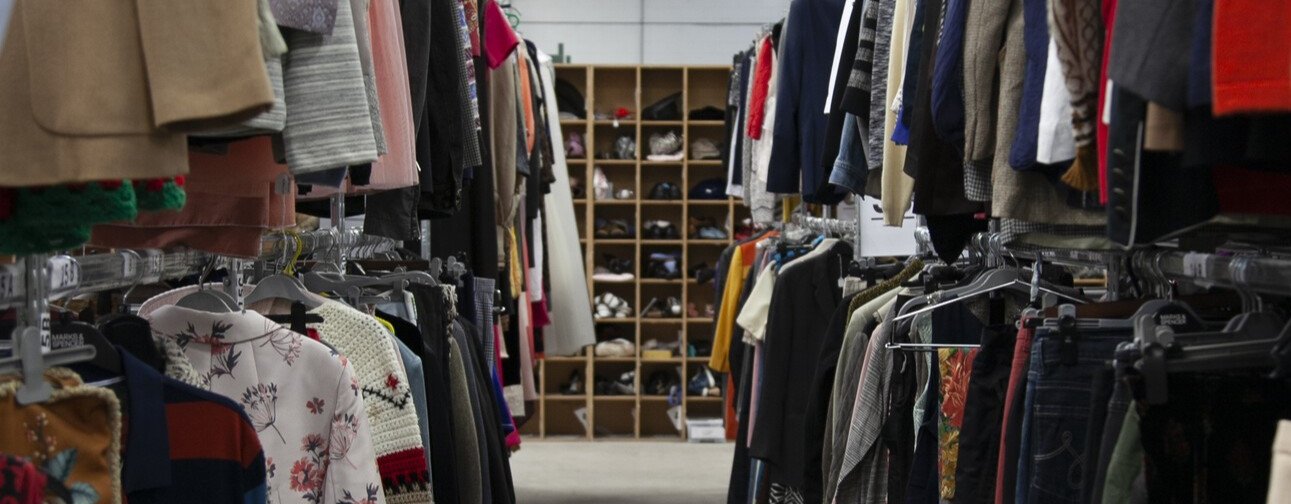
7 Alternatives to Fast Fashion
Discover 7 fast fashion alternatives and find out how you can help to protect people and the planet from the impacts of the textile industry.
Solutions to fast fashion
So, is fast fashion bad?
The fashion industry contributes a whopping 10% of global greenhouse gas emissions.
Oxfam recently reported that if half the clothes UK adults owned were bought second hand instead of new, we’d have prevented harmful emissions from entering the atmosphere equal to an airplane flying around the world 17,000 times.
It seems the UK is addicted to new clothes. With an estimated two tonnes of clothing bought each minute, we buy more than any other country in Europe.
Together, we can work out how to stop fast fashion to help protect people and the planet.
Support Charity Shops
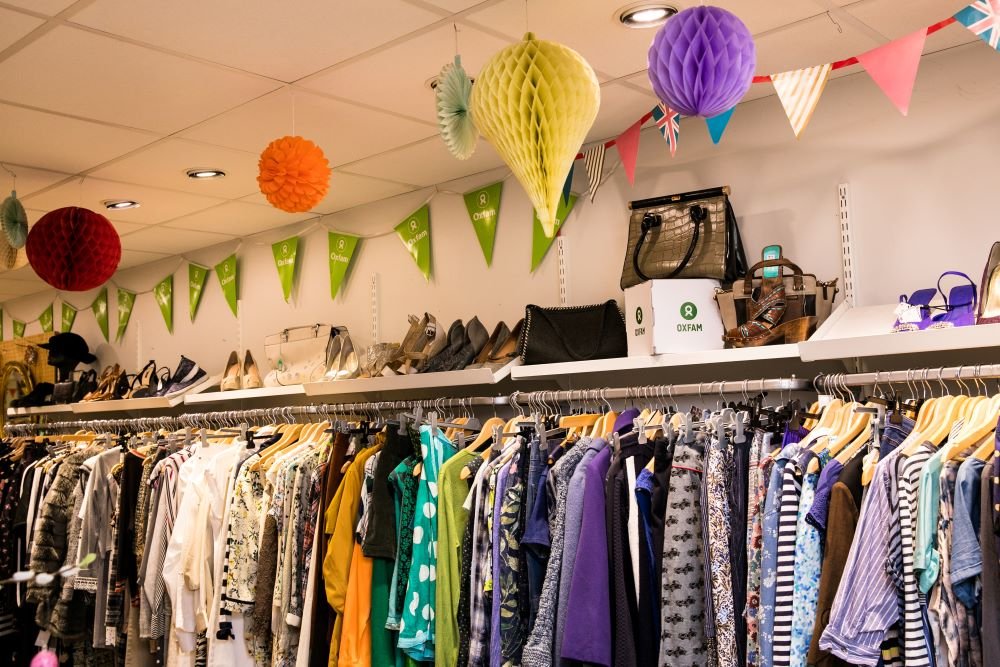
Choosing to shop at charity shops is a great way to find your personal style rather than follow trends on the high street. You never know what you’ll find when you pop in. From second hand designer shoes, to vintage fashion, to retro handbags. You can even charity shop from home with Oxfam’s Online Shop!
It’s undeniable that a lot of fast fashion clothing gets donated to charity shops. However, buying these items from Oxfam can make a big difference. Your money will be going towards Oxfam’s work tackling the injustices that fuel poverty around the world.
Read more about where your money goes when you shop at Oxfam.
Donate before you buy

An effective fast fashion alternative is circular fashion. Fast fashion promotes a throw away culture by producing clothes that aren’t made to last. By donating your clothes, you are giving them another chance at life while supporting a charity.
If you wardrobe is overflowing, yet you often feel like you have nothing to wear, it’s probably time for a clear out. Consider donating anything you haven’t worn in over 6 months or anything that doesn’t fit well.
If you’re busy, it’s tempting to throw your unwanted clothes in the bin. Did you know around 300,000 tonnes of textile waste ends up in household black bins every year? If you don’t have time to get to the charity shop, you can donate via post for free with Oxfam.
Shop for timeless essentials
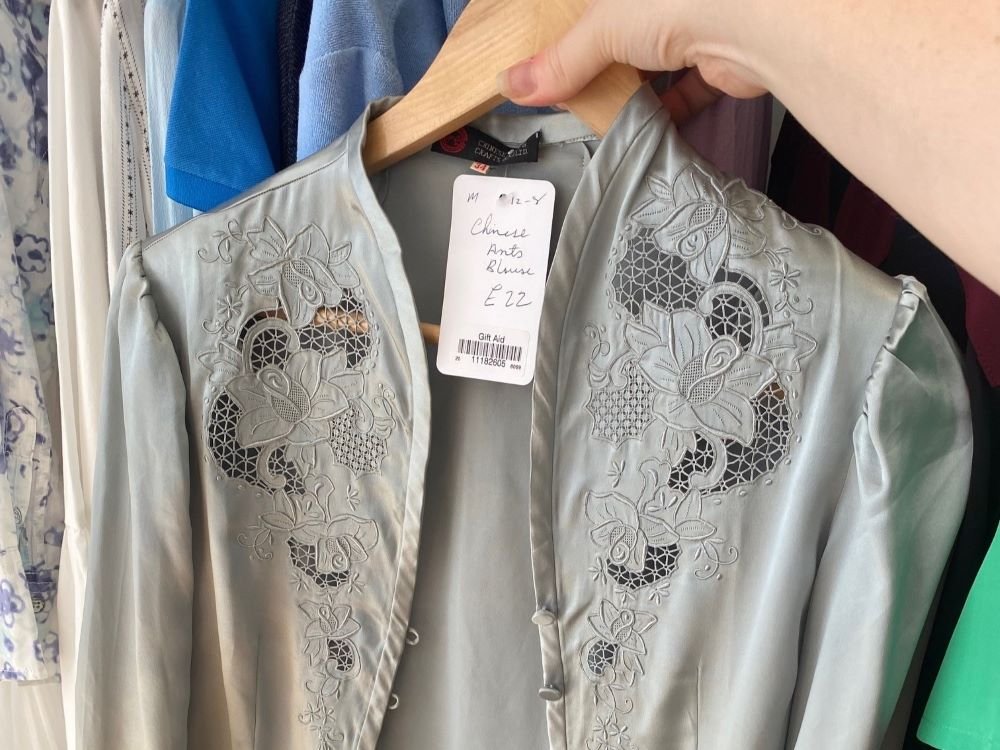
Fast fashion is clothing that’s inspired by trends to keep customers shopping as frequently as possible. If we build a wardrobe of trendy fashion, the things we own will quickly feel outdated, furthering our need to keep shopping.
Timeless fashion is clothing that doesn’t represent a particular time or trend. But how can you find timeless clothes? Look for items that fit you well, have versatility and are high quality. Choosing neutrals means you won’t have patterns that become outdated or colours that you won’t be able to mix and match.
Timeless clothing doesn’t have to be boring. Read our tips on building a second hand capsule wardrobe.
Shop for good quality
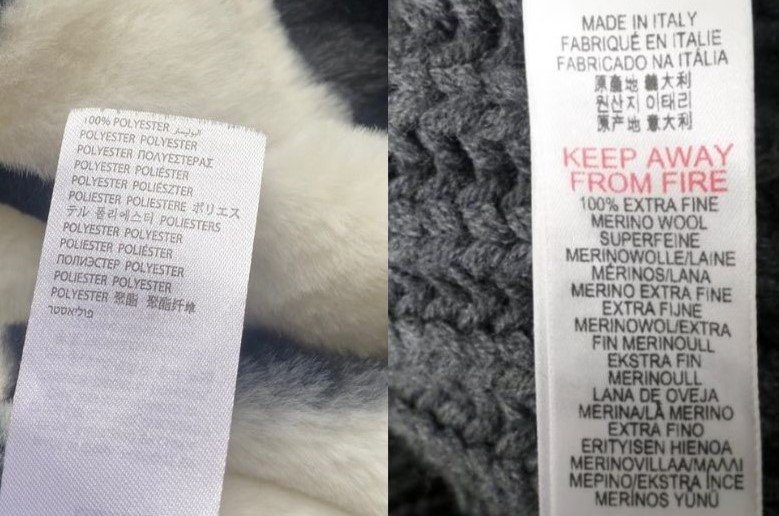
High quality, durable clothing can be more expensive. If you find yourself buying the same cheap item again and again, consider investing in pieces that will last longer.
You can save money by finding high quality clothing second hand. But, how do you know if clothing is high quality?
- Look our for natural materials like 100% cotton, wool or silk.
- Poor stitching can be a sign of low quality. Is the fabric bunching along the seam? Are the seams double layered?
- Check if the fabric is thin or sheer. Thicker fabric will be more durable.
Learn how to repair clothes

One of the best solutions to fast fashion is to extend the life of your clothing by repairing them when they get damaged.
You can even have some fun with your repairs by checking out our tutorial on how to repair clothes with embroidery.
Having basic alteration skills can make charity shopping easier. Knowing how to shorten trouser lengths, tighten a dress or replace buttons means there will be so many more options available to you in the charity shop.
If you don’t have a sewing machine, many repairs can be done with hand sewing. You may also find that your local community center hosts sewing sessions, where you can access machines. There are also no-sew alteration methods using products like fabric tape.
Buying Vintage Clothes
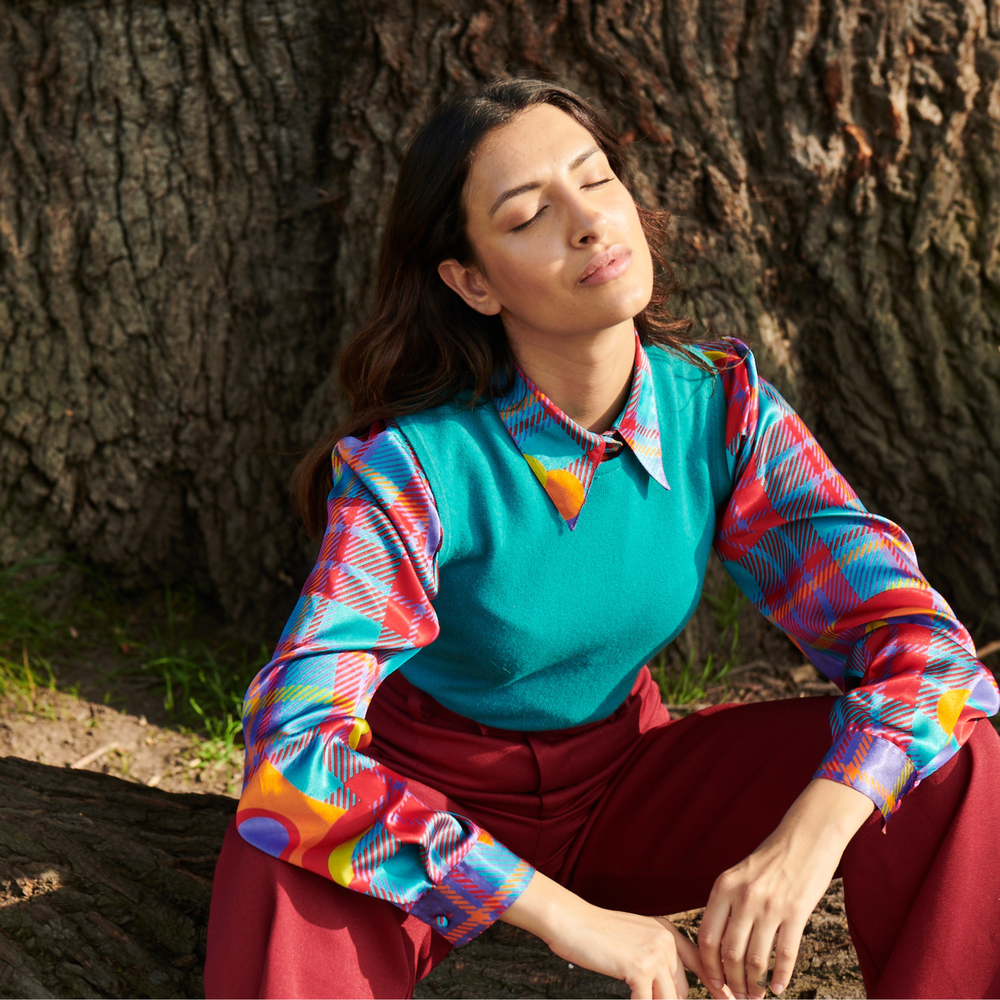
A great alternative to fast fashion is buying vintage clothes. Fast fashion contributes to a throwaway culture by mass-producing low-quality clothes that don’t stand the test of time. By shopping vintage, you’re not only giving pre-loved items a second life, but you’re also investing in unique pieces that are often made to last longer.
If you find your wardrobe is overflowing, but you still feel like you have nothing to wear, a vintage shop might hold just the perfect piece you've been missing. Embrace vintage and invest in unique, higher-quality pieces while doing that clear-out you’ve been meaning to do for ages! Order a donation bag from Oxfam, donate by post, and make room for some new vintage finds.
We also know that identifying what’s genuinely vintage can be a challenge, so here are some useful tips on how to spot Vintage. Happy vintage treasure seeking!
Shopping from ethical brands
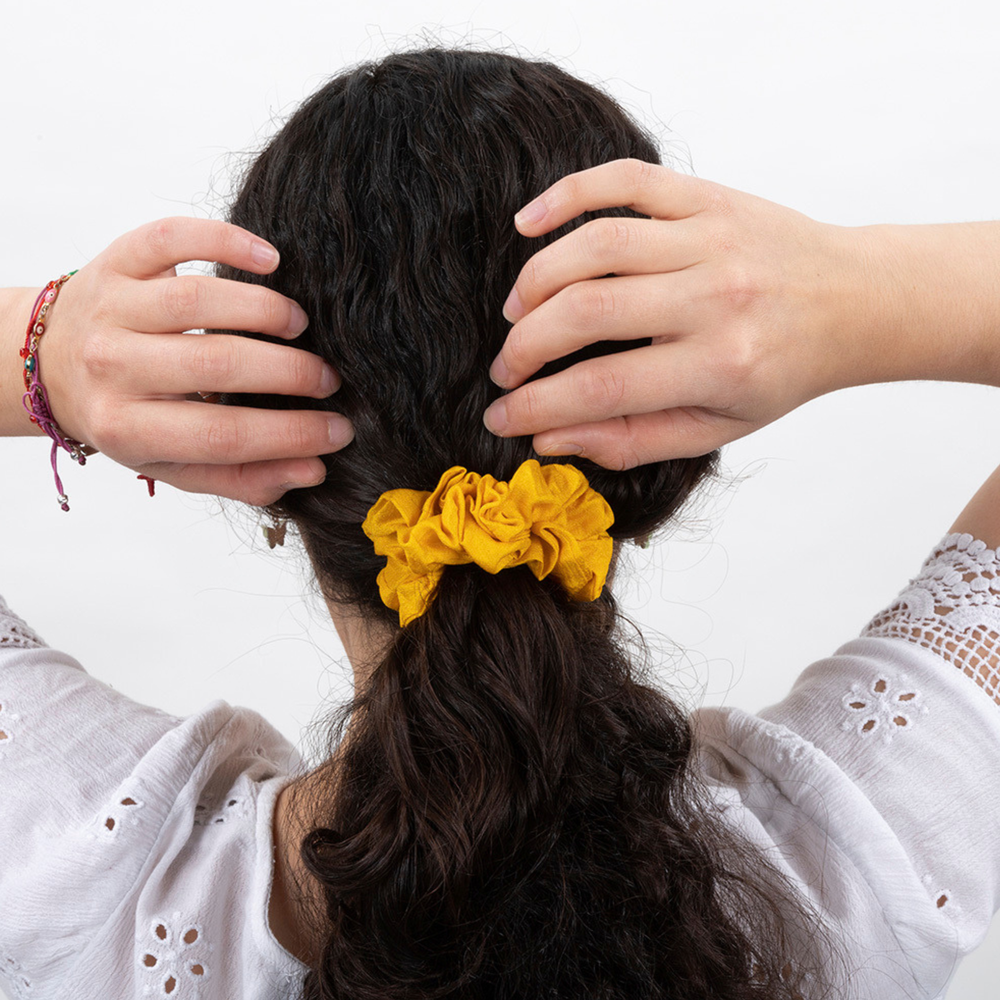
Buying from ethical brands is another option when it comes to avoiding fast fashion. Fast fashion relies on high volume production, often using unsustainable materials and unfair labour practices. By choosing ethical brands, you’re supporting companies that prioritise sustainable materials, ethical production processes and fair working conditions.
If you’re looking to refresh your wardrobe, buying from ethical brands not only helps protect the planet but also encourages more companies to adopt sustainable practices. Try shopping the ranges from Sourced by Oxfam, which brings together the best of ethical and sustainable products from accountable suppliers. For example, this I Was a Sari Scrunchie is handmade using recycled sari fabrics. Explore more ethical brands at Sourced by Oxfam.
More posts like this